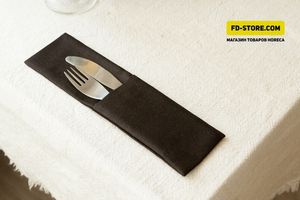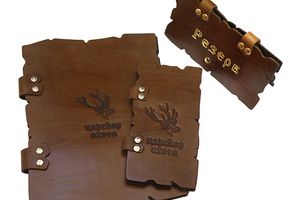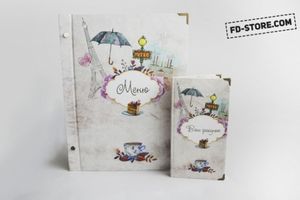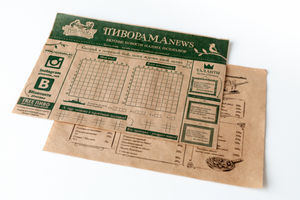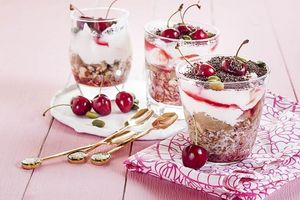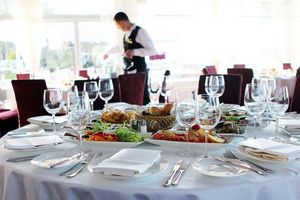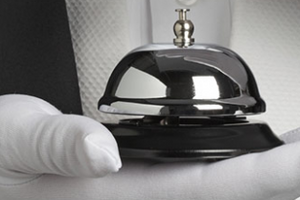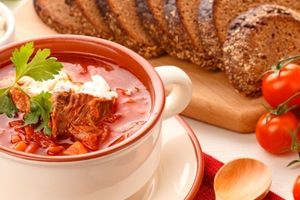
In different parts of the world, jam has different names. For example, in France - confiture, in England - jam, in the Middle East - fig, in Central Asia - cue, and in our open spaces it is called jam.
In Europe, jam appeared in the 14th century, and in the East its history stretches back thousands of years. It is generally believed that its ancestor is Turkish delight, which has been brewed from honey, starch, fruit and rose water since biblical times. Of course, its European relative turned out not quite sweet, but more fruity.
More than any other nation in the world, the British love jam. Every second family in Foggy Albion cannot imagine breakfast without toast with orange marmalade. They say that orange marmalade was invented by the personal physician of Mary, Queen of Scots. He treated Her Majesty's seasickness with peeled orange slices sprinkled with powdered sugar. The French chef, in order to whet the patient’s appetite, prepared a sweet decoction of quince and oranges. The queen liked this dish so much that it was constantly kept on the queen’s bedside table. It was believed that the word “marmalade” itself came from the phrase “Marie est malade” (“Mary is sick”). Most likely, the marmalade name comes from the Portuguese language, where “marmelo” means “quince.” By the way, the French, from whom we borrowed most of the delicious culinary words, originally called quince jam marmalade.
In Scotland, there is a different legend about the origin of marmalade. It is believed that marmalade was invented by Jenith Keiller in the early 18th century, when her husband bought a lot of cheap oranges on a Spanish ship fleeing a storm in Dundee Bay. The oranges were very bitter, but Mrs. Keiler was not at a loss and made orange jam out of them, which was so loved by the English from sailors to the highest nobility of the United Kingdom. And therefore the word jam comes from the name of the author - Jenit.
But in Rus', jam was given special significance. Until 1801, there was no sugar in Rus', and overseas sugar was very expensive. Therefore, jam was cooked with honey. And there were times when they did this without honey. Such jam was cooked without fire; it was placed in a melted Russian oven, which retained sufficient heat for several hours. In Rus', great importance was attached to the ability to make jam. Girls were taught this craft in the same way as the ability to draw, sing, and play the piano.
It was not for nothing that royalty also loved jam. For example, Catherine II was very fond of gooseberry jam, and Ivan the Terrible had a passion for cucumber jam.











